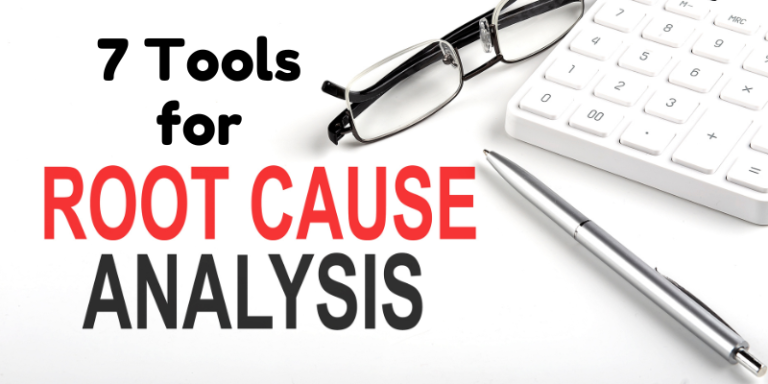Difference Between Hazard and Risk in Pharmaceutical QRM
Hazard and Risk are two important concepts in the pharmaceutical industry, but they have distinct meanings and implications. Here is a comparison between hazard and risk in the context of the pharmaceutical industry:
1. Definition
Hazard:
A hazard refers to any potential source of harm or danger that can cause adverse effects on human health , property, or the environment. In the pharmaceutical industry, hazards can include chemical substances, biological agents, physical hazards (such as radiation), or even process-related hazards.
Risk:
Risk is the likelihood or probability that a hazard will actually cause harm or adverse effects. It involves assessing both the severity of potential harm and the likelihood of its occurrence.
2. Assessment
Hazard assessment:
In the pharmaceutical industry, hazard assessment involves identifying and characterizing potential hazards associated with drugs, chemicals, processes, or equipment used in manufacturing or research. This assessment helps determine if a substance or process poses any risks to human health or safety.
Risk assessment:
Risk assessment goes beyond hazard identification by evaluating the probability and severity of harm associated with specific hazards. It considers factors such as exposure levels, duration of exposure, population susceptibility, and control measures in place.
3. Management
Hazard management:
Hazard management focuses on implementing measures to control or eliminate identified hazards in order to prevent harm. This includes implementing safety protocols, engineering controls, personal protective equipment (PPE), and other preventive measures.
Risk management:
Risk management involves assessing identified risks and implementing strategies to mitigate them effectively. This may include risk reduction through process modifications, improved safety procedures, employee training programs, quality control measures, etc.
4. Regulatory requirements
Hazard regulations:
The pharmaceutical industry is subject to various regulations that require companies to identify and manage hazards associated with their products and processes. These regulations include Good Manufacturing Practices (GMP), Good Laboratory Practices (GLP), Occupational Safety and Health Administration (OSHA) standards, Environmental Protection Agency (EPA) regulations, and others.
Risk regulations:
While hazard regulations focus on identifying and managing hazards, risk regulations emphasize the need for risk assessment and management. These regulations often require companies to conduct risk assessments, implement risk mitigation strategies, and maintain documentation of risk management activities.
Read also: Quality Risk Management Trends in Pharmaceutical Industry







